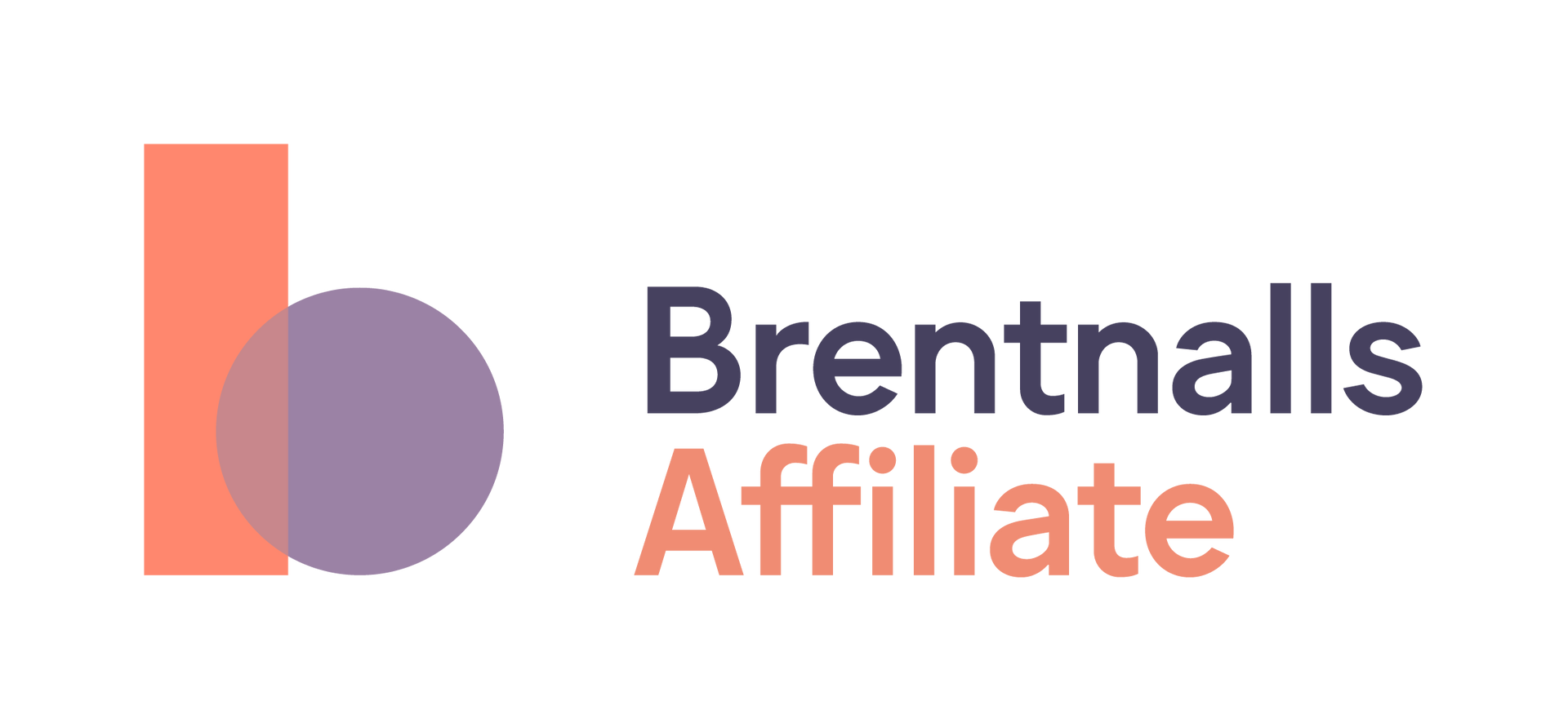News Articles
Health Industry
Payroll Tax: The viability of independent practitioner arrangements
By Matthew Holden, Managing Partner
1 May 2023

It has been over 16 months since the Thomas and Naaz Pty Ltd v Chief Commissioner of State Revenue [2021] NSWCATAD 259 case hit the medical media, with the title “GP practice loses legal battle over $800,000 Payroll Tax bill”.
This case re-ignited the Payroll Tax issue across the health sector and private medical practices have since been in a spin, anxiously trying to find out whether the independent practitioner arrangements commonly used for engaging medical practitioners would be deemed a “Relevant Contract” and therefore assessable as wages for Payroll Tax purposes.
To recap, Thomas and Naaz operated three practices in Sydney, and were found to owe the state almost $800,000 in retrospective Payroll Taxes as payments to doctors were deemed to be assessable for Payroll Tax as payments under a Relevant Contract. For various reasons, Revenue NSW determined that the way in which:
- the practitioners were remunerated;
- the collected funds were accounted for;
- the practitioners were contracted; and
- the practice controlled their conditions,
all lead to this determination.
Since this case came to light, there has been a great deal of uncertainty as the sector waited on Revenue NSW to release their guidance on this matter. Meanwhile an even more substantial case erupted in Queensland where a practice was reported to owe $3M of Payroll Tax.
On 22 December 2022, Queensland Revenue Office (QRO) then released a Public Ruling PTAQ000.6.1 Relevant contracts—medical centresi. This ruling makes it clear that from their perspective there will be very few situations where the contract arrangements for engaging medical practitioners will not be deemed a relevant contract attracting Payroll Tax. These exemptions are:
- The practitioner provides services to the public generally. (i.e. working for other medical practices operated by unrelated groups or hospitals) – you must make an application to the Commissioner to approve the application of this exemption.
- The practitioner performs work under a contract for no more than 90 days in a financial year. (Part days worked are counted as 1 day).
- The practice contracts the practitioner, and that practitioner employs at least one other person to perform the work under the contract.
While Payroll Tax is a state-based tax, the relevant legislation is harmonised across most states. Considering QRO‘s interpretation of the legislation, it is a reasonable expectation that in time all states will adopt the same interpretation. This means that the independent practitioner arrangements which the majority of medical practices have in place will create a Payroll Tax liability.
In response to the advocacy of the AMA & RACGP, QRO (early February 2023) announced a two-year Payroll Tax exemption for GP practices until June 2025. This provides temporary relief for Queensland practices, and it is hoped that the two-year amnesty offered in Queensland will also be offered in other states.
Meanwhile, a subsequent appeal of the Thomas and Naaz case to the Supreme Court of NSW was unsuccessful, with a ruling handed down on 14 March 2023 that there were no grounds for appeal and the matter was dismissed. It is understood that the AMA is now advocating an amnesty in NSW to match the actions of the QRO.
We know that the viability of the business model for general practices is under a great deal of stress, and most practices are not going to be in the financial position to absorb the extra cost of Payroll Tax. The big question is, who is going to pay if a practice is required to fund Payroll Tax? Will the practitioners be willing to take a reduction in their remuneration? Or will patients need to pay more? In the context of declining bulk billing rates there are many more patients paying for access to GPs than ever before.
Payroll Tax Thresholds
For many small practices, while it is prudent for owners to be across this issue, due to the minimum Payroll Tax thresholds in each state, they may find that regardless of how their arrangements are structured, they will have no liability to Payroll Tax due to their size.
Below is a list of the current minimum Payroll Tax thresholds for each State. If you are a small practice owner, and your total employee remuneration (wages plus superannuation), plus net payments to doctors (collections less service fee) is under this threshold, then you will have no Payroll Tax liability.
If you find you are only marginally over the threshold, you may determine that the cost of re-structuring does not support the expected level of Payroll Tax you may be required to pay.
| State | Annual threshold of "Wages" before Payroll Tax liability |
|---|---|
| ACT | $2,000,000 |
| NSW | $1,200,000 |
| NT | $1,500,000 |
| QLD | $1,300,000 |
| SA | $1,500,000 |
| TAS | $1,250,000 |
| VIC | $700,000 |
| WA | $1,000,000 |
Brentnalls SA’s position
Firstly, we acknowledge that the independent practitioner arrangements used by many practices across Australia to engage medical practitioners are at risk of extinction. It appears that no matter how practices are operating, there is a high probability that their arrangements with independent practitioners will be deemed to be Relevant Contracts for Payroll Tax purposes, meaning Payroll Tax will need to be paid.
Our approach to date has been to not over-react to this situation and work with our clients to focus on ensuring the arrangements that practices have in place for their independent practitioners minimises the risk of audit and minimises the risk of an adverse finding as a consequence of an audit.
We are not convinced that some of the strategies being adopted by some medical practices to minimise risk will be all that successful. For example, we do not believe that setting up individual bank accounts for each practitioner will offer any greater protection.
Our understanding is that Revenue NSW have indicated that they will see through these arrangements and the income will still be considered remuneration for Payroll Tax purposes.
Either way, it is important that, before embarking on any structural or procedural changes to your practitioner arrangements, you understand the quantum of Payroll Tax you might otherwise pay in order to make a sensible business decision protection arrangements and the income may still be considered remuneration for Payroll Tax purposes.
Our recommendation
1. We encourage owners of medical practices to contact their accountant or legal advisor if you have any concerns about the contractual arrangement that you have in place for the engagement of medical practitioners.
2. It would be prudent for medical practices that have not recently reviewed their independent practitioner arrangements to undertake a thorough review to reduce the risk of an adverse Payroll Tax finding. A review should cover the following areas to:
- Practitioner Service Agreements
- Banking and Practitioner Payment processes
- Accounting Treatment of practitioner payments
- Disclosure of Service Fee income and related transactions in Activity Statements and Income Tax Returns
3. In addition, as we expect Payroll Tax audits to continue to occur, potentially more frequently in response to this matter, it would also be prudent for practice owners to review any tax audit insurance cover they hold. Importantly, they should ensure any tax audit insurance provides cover for state taxes such as Payroll Tax. We are aware of some tax audit insurance policies which provide cover for federal taxes only, in which case they would not cover a Payroll Tax audit.
4. Re-consider the contractual arrangements and terms that are being offered to any newly engaged practitioners.
5. Continue to look out for further guidance from your accountant and state revenue department so that you stay informed.
_________________
Discuss Further?
If you would like to discuss, please get in touch.
Disclaimer
The information provided in this article does not constitute advice. The information is of a general nature only and does not take into account your individual financial situation. It should not be used, relied upon, or treated as a substitute for specific professional advice. We recommend that you contact Brentnalls SA before making any decision to discuss your particular requirements or circumstances.







